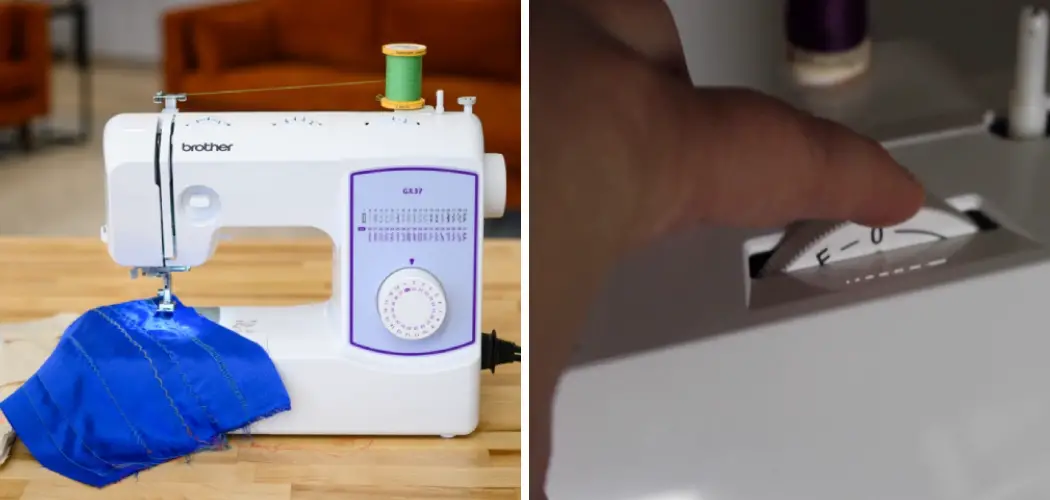Are you a sewing enthusiast looking to take your skills to the next level? Have you ever heard of Ss stitches, but don’t know how to use them on a Brother sewing machine? If so, you’re in the right place. In this post on how to use ss stitches on brother sewing machine we’ll guide you through all the steps from understanding what an Ss stitch is and why it’s useful for projects, to successfully navigating the settings on your Brother sewing machine for creating these modern embellishments with ease.
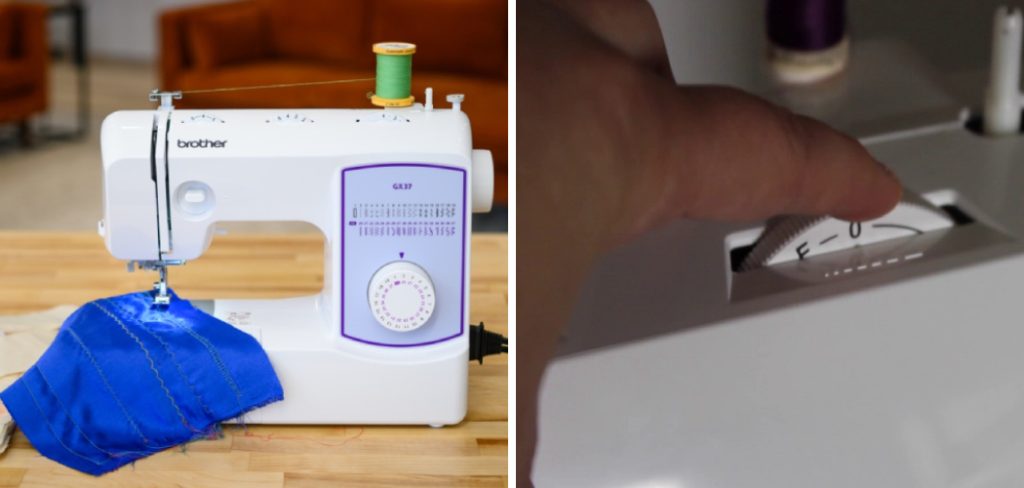
So grab your supplies and follow along as we walk through how to use Ss stitches! We promise that by the end of this article, even novice sewers will be able to confidently add eye-catching detail work like a professional.
What Are the Advantages and Disadvantages of Ss Stitches?
Advantages:
- Ss stitches, also known as hand-look quilting stitches, add a unique and modern touch to any sewing project.
- These stitches are great for creating intricate designs without the hassle of actual hand stitching.
- They provide a professional finish to garments, home decor items, and accessories.
Disadvantages:
- Ss stitches may require some practice to get the tension and settings right on your sewing machine.
- They can be time-consuming depending on the intricacy of the design.
- Some Brother sewing machines may not have Ss stitch options, limiting your ability to use this type of stitch.
11 Step-by-step Guidelines on How to Use Ss Stitches on Brother Sewing Machine
Step 1: Gather Your Supplies
To successfully use Ss stitches, you’ll need a few key supplies:
- Brother Sewing Machine With Ss Stitch Options (if Available)
- Fabric for Your Project
- Matching Thread
- Sewing Needle
- Scissors
- Seam Ripper (Just in Case)
Step 2: Prep Your Sewing Machine
If your Brother sewing machine has Ss stitch options, make sure it’s set up and ready to go. If not, don’t worry, we’ll cover how to create a similar hand-look stitch without the specific setting. It’s also important to have a new sewing needle installed for the best results.
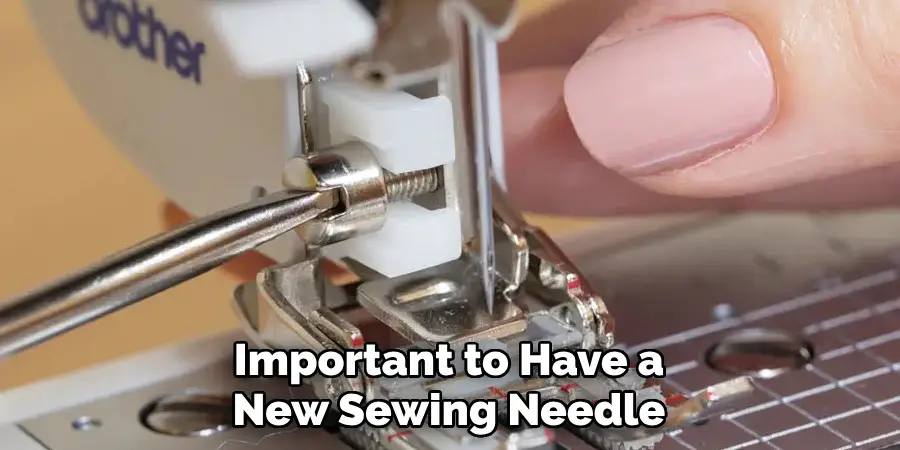
But if you’re already familiar with your sewing machine, feel free to skip this step! It’s always a good idea to consult your sewing machine manual for specific instructions. It may also be helpful to have your manual nearby in case you need it for reference.
Step 3: Choose Your Fabric
Select a fabric that will work well with the Ss stitches you plan to use. Thicker or heavier fabrics may not be suitable for these types of stitches, so consider using lightweight cotton, linen, or silk for best results. It’s also important to have the fabric prepped and cut to the desired size for your project before beginning. This will prevent any interruptions or mistakes while stitching.
Step 4: Pick Your Thread
Choose a thread color that matches or complements your fabric. Using a contrasting thread can also create a unique effect. It’s always a good idea to test out different thread colors on scrap fabric before starting your project. But don’t worry, Ss stitches are versatile and can look great with any thread color. It’s all about personal preference!
Step 5: Thread Your Sewing Machine
Make sure your sewing machine is threaded correctly, and the bobbin is properly wound and inserted. This step may seem obvious, but it’s crucial for successful stitching! You can refer to your sewing machine manual for specific instructions if needed. But once you’ve got the hang of it, this step will become second nature.
Step 6: Set Your Stitch Length and Width
If your Brother sewing machine has Ss stitch options, make sure to set your stitch length and width according to the design you want. This may require some practice to get it just right, so don’t be discouraged if it takes a few tries. If your sewing machine doesn’t have this specific setting, select a zigzag stitch with a length of 0 and width of 2-3 as an alternative. It won’t be an exact match, but it will create a similar effect.
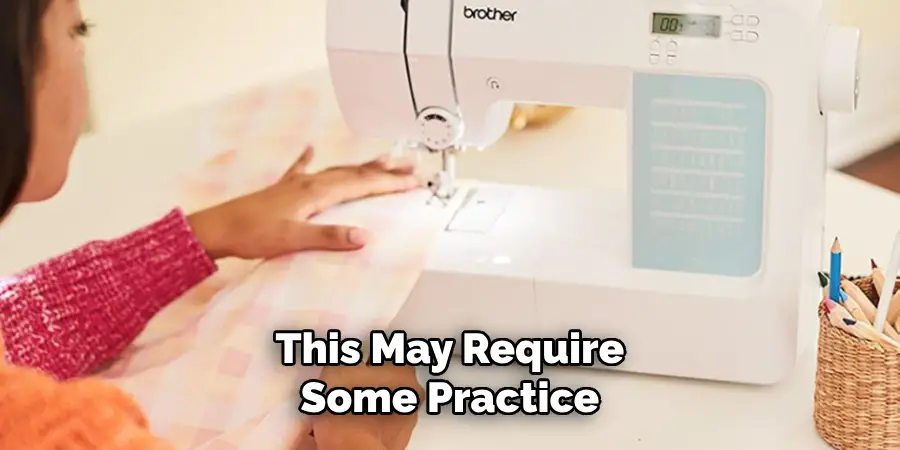
Step 7: Test Your Stitch
Before starting on your actual project, test out the Ss stitch on scrap fabric to ensure everything is working correctly. This step will also give you a chance to adjust the tension if needed. Keep in mind that different fabrics and threads may require different tension settings, so be sure to test it out first. This will prevent any issues or mistakes on your final project. It’s always better to be safe than sorry!
Step 8: Mark Your Fabric (Optional)
If you want to create a specific design or pattern with your Ss stitches, it may be helpful to mark your fabric beforehand. You can use tailor’s chalk, water-soluble markers, or even a simple pencil for this step. Just make sure to use light marks that won’t show through once you’re finished stitching. It’s also important to mark the beginning and ending points of your design if you plan on creating a continuous pattern.
Step 9: Start Stitching
Once everything is set up and tested, it’s time to start stitching! If you marked your fabric, use those marks as a guide to help you stay on track. If not, just take your time and follow the natural flow of the design. You can also use a slow stitching speed to make sure your stitches are even and consistent. And don’t forget to backstitch at the beginning and end for extra security.
Step 10: Practice Makes Perfect
If you’re not happy with your first attempt, don’t be discouraged! Ss stitches may take some practice to get just right, but the end result will be worth it. Keep practicing and experimenting with different fabrics and designs until you feel confident in your skills. But remember, even the most skilled sewers make mistakes sometimes, so don’t be too hard on yourself. It’s all part of the learning process.
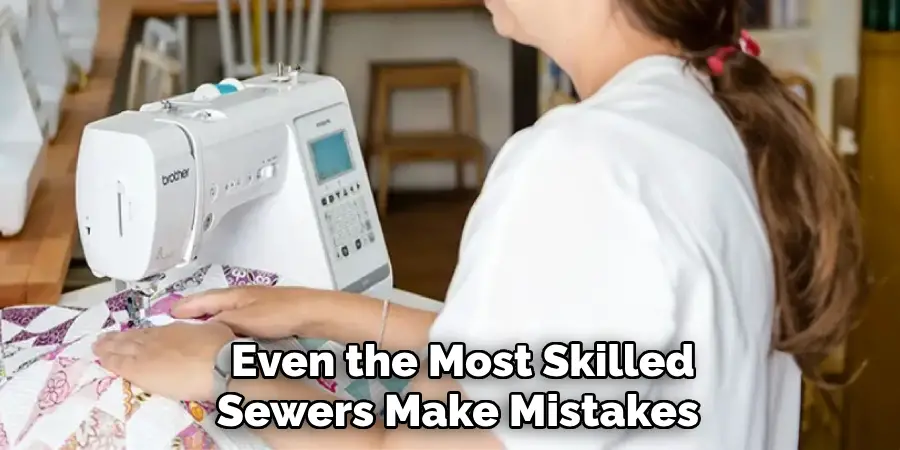
Step 11: Finish and Enjoy!
Once you’re finished stitching, snip any loose threads and admire your newly created Ss stitches. These unique and modern stitches are sure to add a special touch to any sewing project. So go ahead and incorporate them into your next garment, home decor item, or accessory with confidence! And don’t forget to share your creations with friends and family – they’ll be impressed by your new skills.
Following these step-by-step guidelines on how to use ss stitches on brother sewing machine will ensure that you can successfully use Ss stitches on your Brother sewing machine. Remember to have fun and be patient as you learn this new technique. With practice, you’ll become a pro at creating beautiful and professional-looking Ss stitches in no time! So go ahead and give it a try – happy sewing!
Frequently Asked Questions
Q1: What is the Difference Between Ss Stitches and Regular Zigzag Stitches?
A1: Ss stitches are a specific stitch option on Brother sewing machines that creates a more hand-look, uneven zigzag pattern. Regular zigzag stitches have a consistent and even zigzag pattern. It’s all about personal preference and the desired effect for your project.
Q2: Can I Use Ss Stitches on All Types of Fabrics?
A2: Ss stitches may not work as well on thicker or heavier fabrics. It’s best to use lightweight cotton, linen, or silk for these types of stitches. However, it’s always a good idea to test them out on scrap fabric first before starting your project.
Q3: Do I Have to Use a Specific Thread Color for Ss Stitches?
A3: No, you can use any thread color for Ss stitches. It’s all about personal preference and the desired effect for your project. You can even experiment with using a contrasting thread color to create a unique look.
Q4: Can I Use Ss Stitches to Create Different Designs and Patterns?
A4: Yes, you can use Ss stitches to create various designs and patterns by marking your fabric beforehand or following the natural flow of the design. Just make sure to test it out on scrap fabric first to ensure you’re happy with the result before stitching on your actual project.
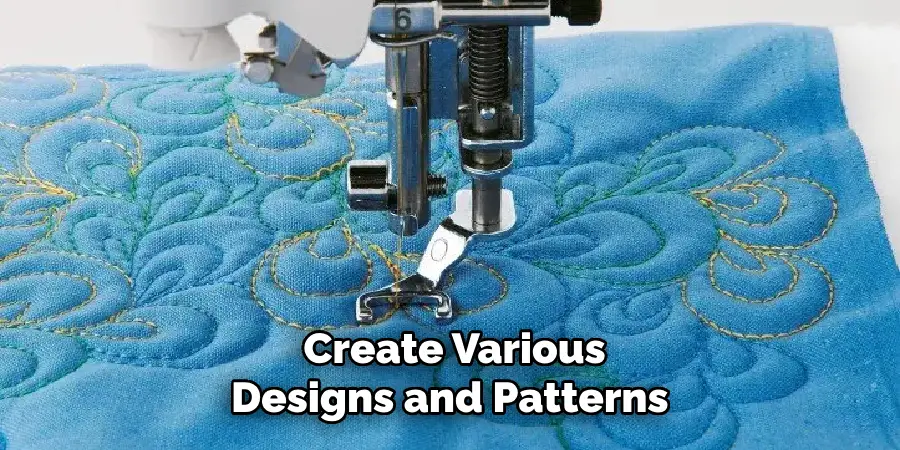
Conclusion
In conclusion, this post has discussed the basics of utilizing ss stitches on Brother sewing machines. We have covered primarily the fundamentals of stitch settings and thread length for proper functionality. With practice and patience, anyone can become a master at a Brother machine. Remember to always set your tension correctly, pay attention to the needle size you’re using and select your desired fabric type based on what kind of stitch you want to use.
Make sure to find an instruction booklet or online manual if you run into trouble with your Brother machine. And don’t forget that practice makes perfect! So keep on sewing and never give up! Who knows—maybe one day you’ll be producing beautiful creations with ease using a Brother sewing machine! Thanks for reading this article on how to use ss stitches on brother sewing machine.

